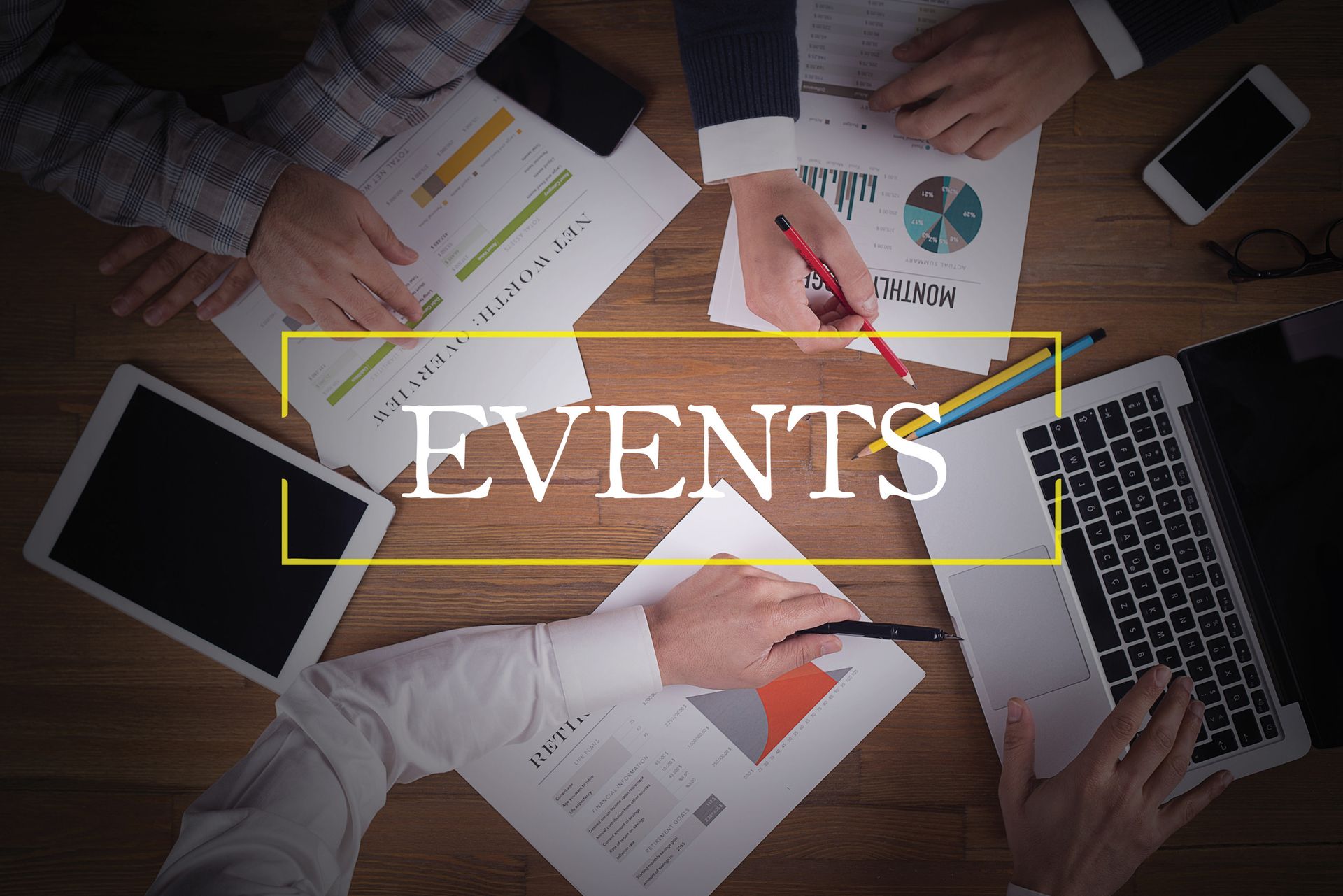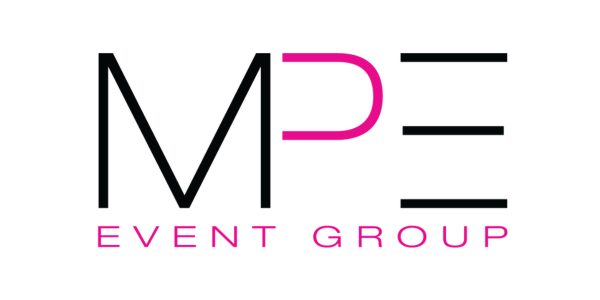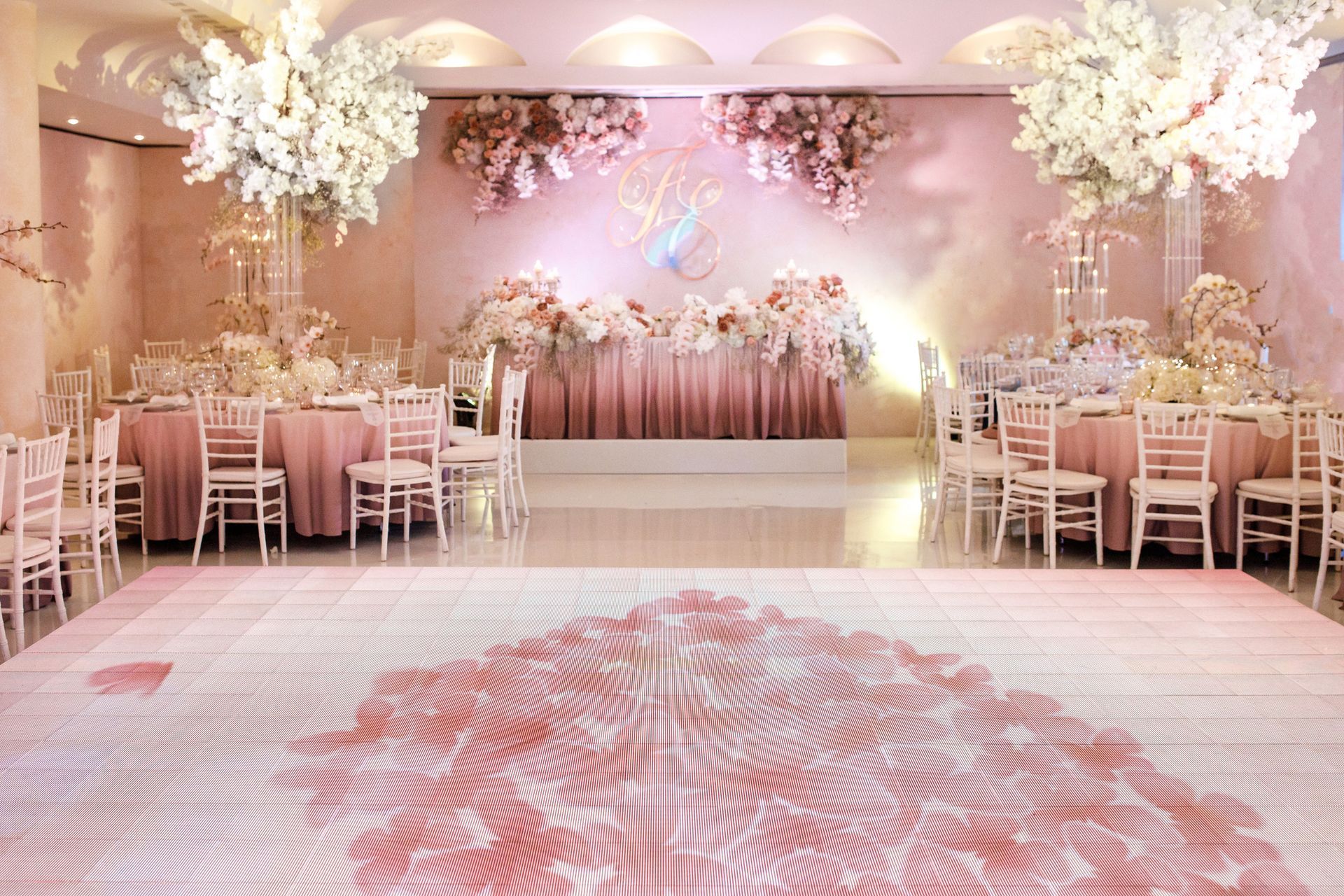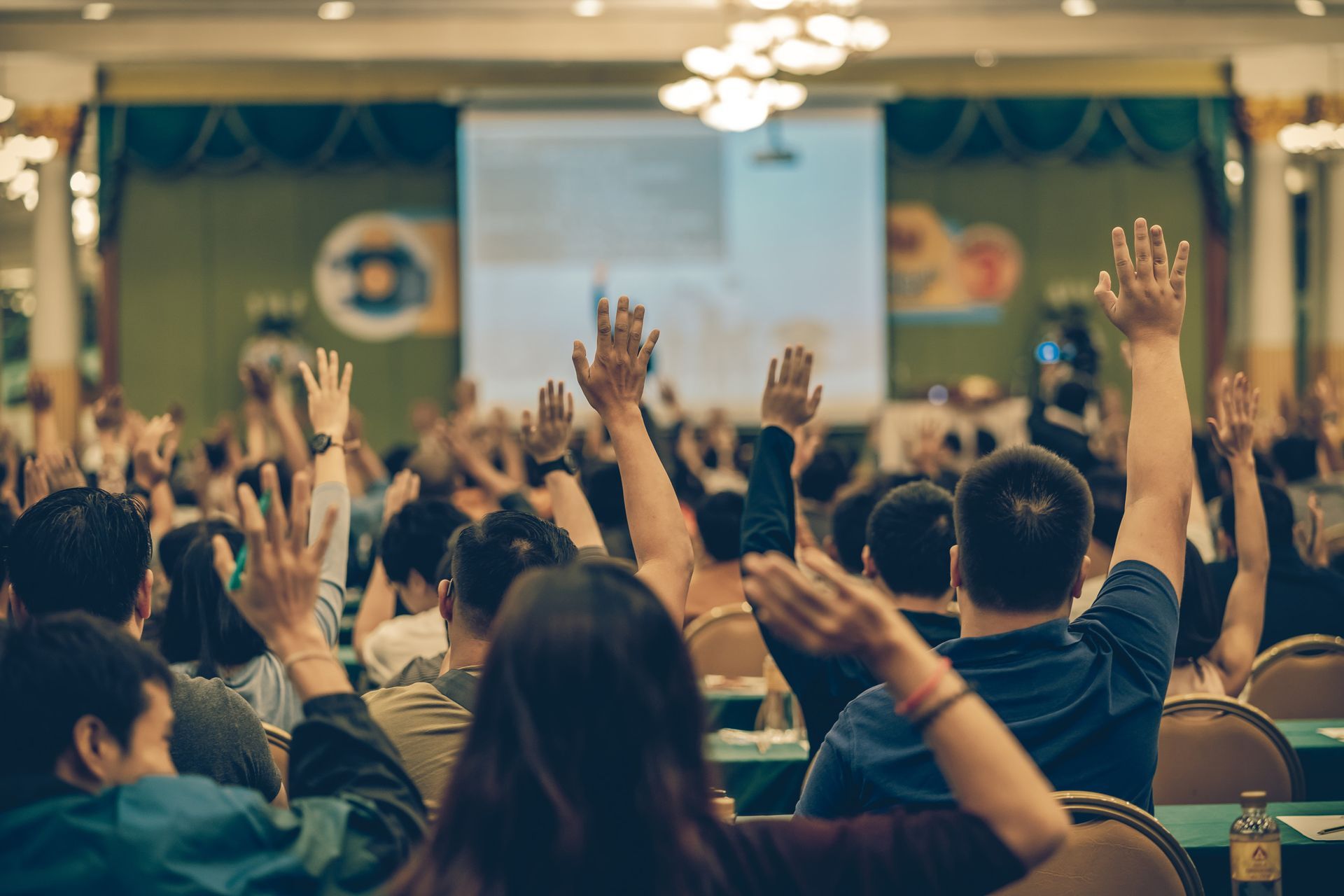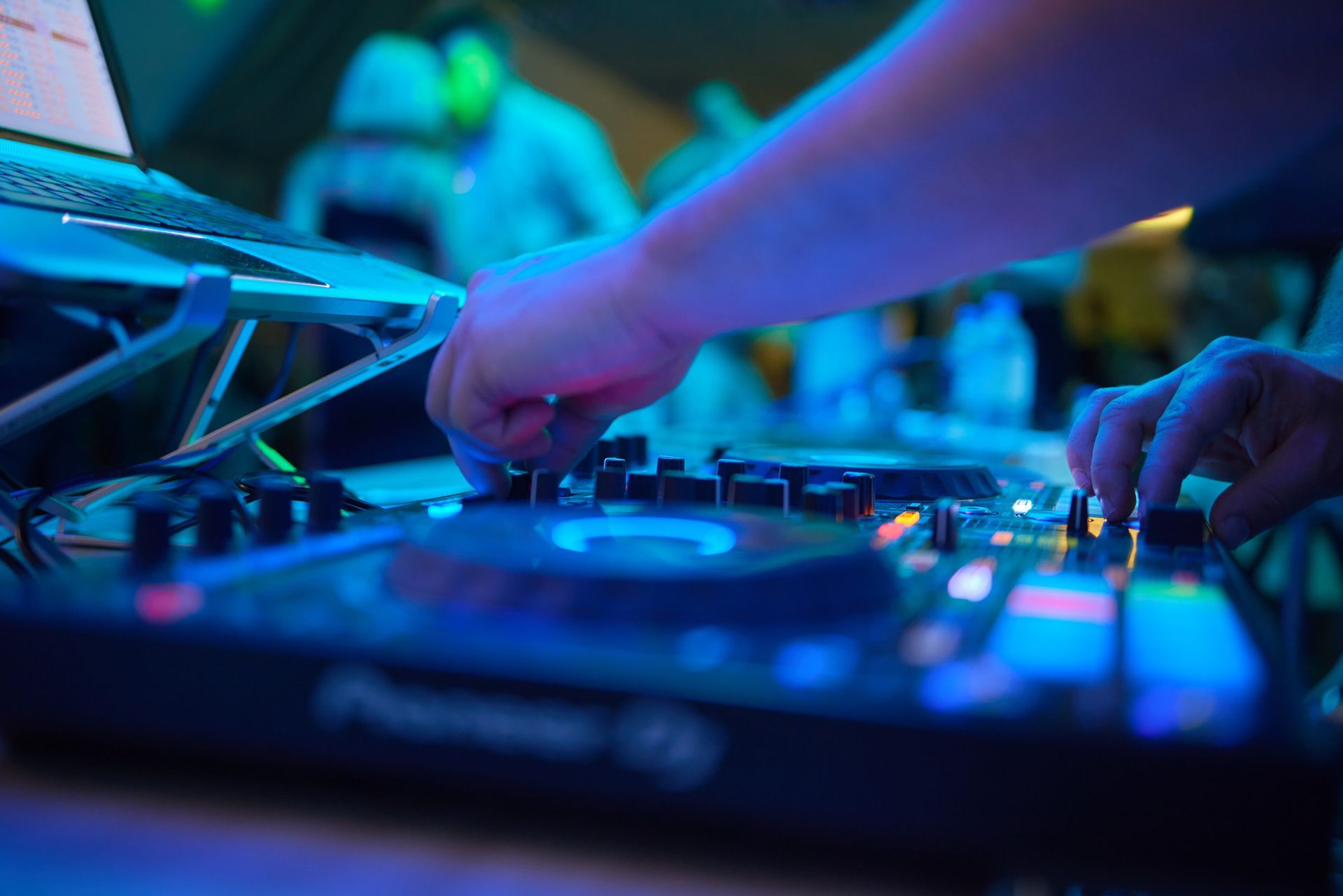What is a Custom Buildout?
A custom buildout is a way to design a space exactly how you want it. Whether it’s for a home, office, or retail space, it allows you to create something that fits your unique needs.
Instead of settling for a standard setup, you can make changes to suit your style and function. This could mean adding walls, choosing specific materials, or tailoring the layout to improve how the space is used.
Custom buildouts are all about flexibility and ensuring every detail works for you. It’s about taking a vision and turning it into a reality, one detail at a time.
Understanding Custom Buildouts in Event Planning
At its core, a custom buildout is a unique structure, setup, or installation crafted specifically for a certain event. Unlike off-the-shelf décor, custom buildouts represent creativity, innovation, and personalization.
They’re perfect for adding an extra layer of customization for events, whether it’s a product launch, a corporate gala, or a private celebration.
Why are custom buildouts significant?
- They make events memorable by offering guests something they’ve never seen before.
- They allow your client’s brand or theme to take center stage.
- They provide opportunities for experiential storytelling, engaging attendees in meaningful ways.
By incorporating buildouts, event planners can leave a lasting impression on their audience and deliver immersive experiences that generate buzz—both in-person and online.
The Planning Stage: Understanding Client Needs and Objectives
Custom buildouts are impactful because they’re tailored to your client’s specific goals and audience. But getting it right starts with thorough and insightful planning.
Conducting Client Interviews
To create a buildout that truly resonates, you need to understand your client’s vision. Ask thoughtful questions that go beyond surface-level details. For instance:
- What is the primary objective of the event? (Brand promotion, guest interaction, product demonstration, etc.)
- Who is the target audience?
- What themes or aesthetics are important to you?
- Are there specific brand elements, like colors or logos, that need to be incorporated?
- What’s your budget?
Gathering Essential Information
Once you’ve had this conversation, you can begin to map out the specifics. This might include logistical data (like venue dimensions), must-have features (like interactive photo booths), and potential restrictions (like weight limits for installations or tight setup timelines).
Having a detailed understanding at this stage will ensure the rest of your planning process unfolds smoothly.
Designing the Custom Buildout: From Concept to Visualization
Design is where ideas come alive. It's during this phase that you’ll convert your client’s vision into a tangible concept. Creativity and collaboration are crucial.
Brainstorming and Mood Boarding
This step involves collecting ideas, references, and visual inspiration that align with your client’s objectives. Consider design elements like:
- Colors, textures, and materials
- Overall structure and scale (large builds vs. intricate details)
- Interactive features that engage guests
Turning Ideas Into Visuals
Once you’ve gathered inspiration, the next step involves refining your ideas into practical designs. Work with graphic designers or 3D modelers to create digital renderings of the buildout. This helps both you and your client visualize the concept in full detail before committing to the final plan.
Highlighting Brand Identity
If the event is for a business, make sure the custom buildout reinforces their brand image. Incorporate logos, brand colors, or subtle references to company values in ways that feel cohesive, not forced.
Execution and Logistics: Bringing the Buildout to Life
Having a great design is one thing, but execution is where the magic happens. This is arguably the most challenging phase of the custom buildout process, requiring organization, communication, and flexibility.
Sourcing Materials and Vendors
To turn your design into reality, you’ll need the right materials and skilled vendors. Build strong relationships with contractors, carpenters, or fabrication specialists who have experience working on event-specific projects.
Logistics and Safety
Logistics can make or break a custom buildout—so focus on details like venue access, assembly time, and safety requirements. Ensure that all materials are:
- Durable
- Easy to transport and assemble
- Compliant with regulations (e.g., fire codes, weight restrictions)
Finally, conduct a thorough inspection of the buildout to ensure it’s secure, functional, and aesthetically flawless.
The Event Day: Seamlessly Managing the Buildout
Your custom buildout needs to look perfect and function seamlessly during the event. This means proactive management and troubleshooting on the big day.
Overseeing the Setup
Arrive early to supervise the installation process. Make sure all elements align with the plan and are assembled correctly. Small details like lighting, signage placement, or wiring can make a huge difference in execution.
Troubleshooting and Adjustments
Expect the unexpected. Whether it’s a last-minute change by the client or an unforeseen technical issue, be ready to adapt quickly without compromising quality.
Engaging Guests
Where possible, incorporate staff or technology into the buildout to interact with guests. For example, a branded installation can include touchscreens to share information or entertainment.
Post-Event Evaluation: Collecting Feedback and Measuring Success
The custom buildout’s job doesn’t end when the last guest leaves. A key part of event planning is understanding what worked (and what didn’t).
Gathering Feedback
Ask your client and attendees for their impressions of the buildout. Were they wowed by it? Did it create the desired impact? You can send digital surveys, conduct post-event interviews, or review social media engagement for insights.
Measuring ROI
For corporate events, measure the return on investment (ROI) of your buildout. Metrics such as user interaction (e.g., QR code scans or booth visits), brand mentions, and attendee satisfaction can help determine its success.
Learning for Future Projects
Each project offers valuable lessons. Use this feedback to refine your processes, improve efficiency, and push creative boundaries for future custom buildouts.
The Growing Potential of Custom Buildouts in Event Planning
The future of event planning lies in personalization and immersive experiences, and custom buildouts exemplify the power of these trends. They provide a way to create memorable, one-of-a-kind installations tailored to each event’s goals and audience.
For event planners, this is an incredible opportunity to position yourself as a creative innovator. By mastering the art of custom buildouts, you can set your events apart and leave a lasting impression on clients and attendees alike.
MPE Event Group specializes in creating stunning vinyl dance floors for weddings. Looking to take your event to the next level? Custom buildouts are the perfect way to add a unique, unforgettable touch. With the right blend of creativity, craftsmanship, and attention to detail, the possibilities are truly limitless.
Looking to make your next event unforgettable? Reach out to us today and let's bring your vision to life.
